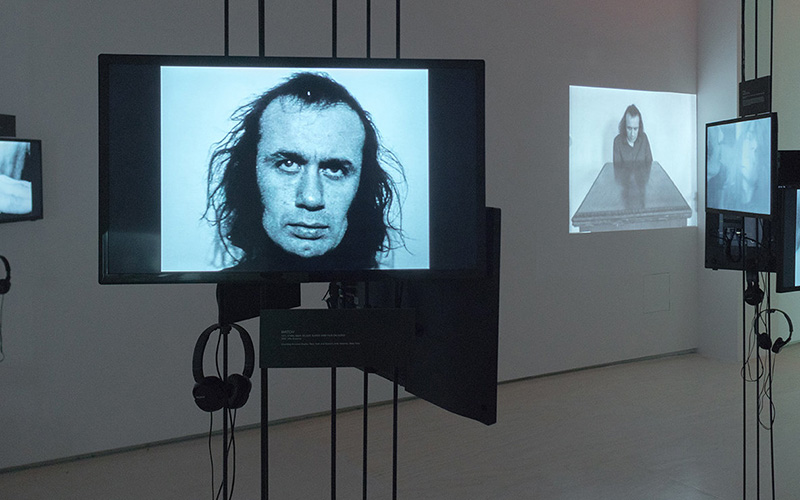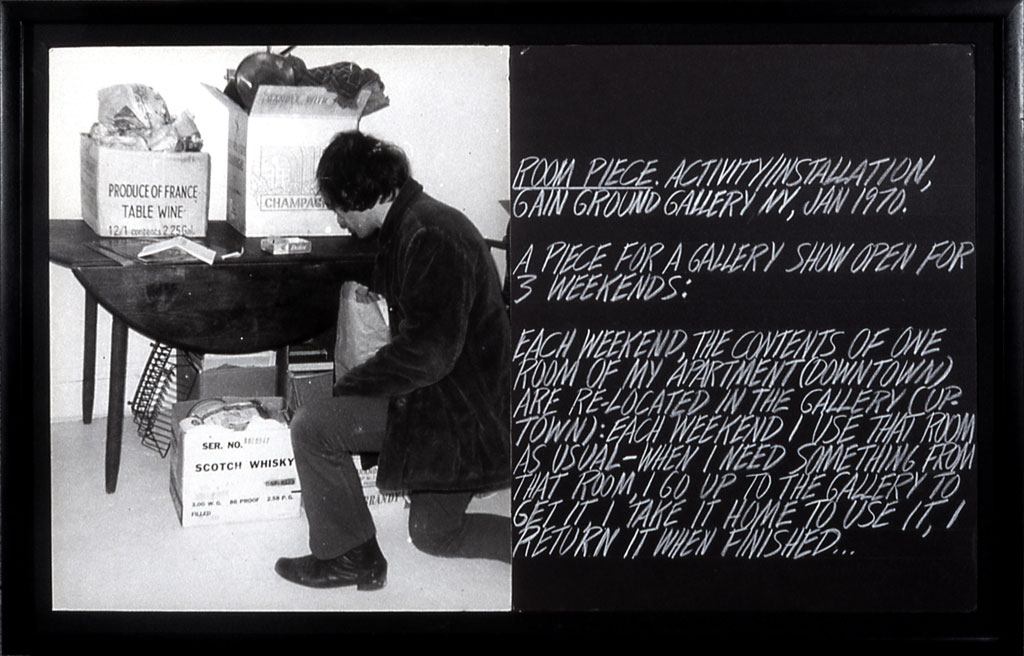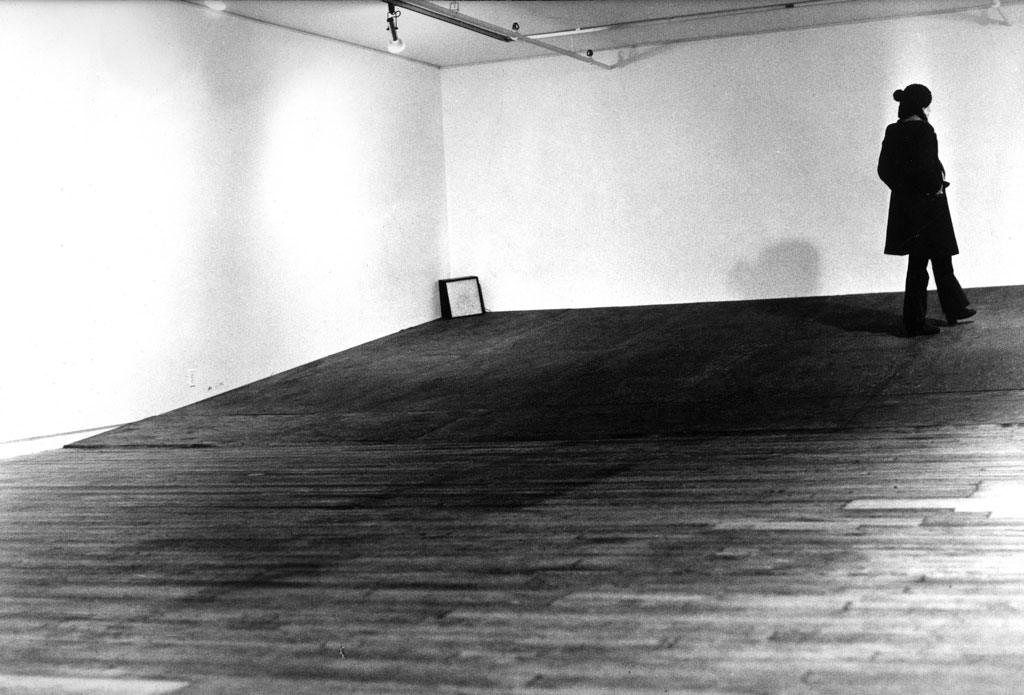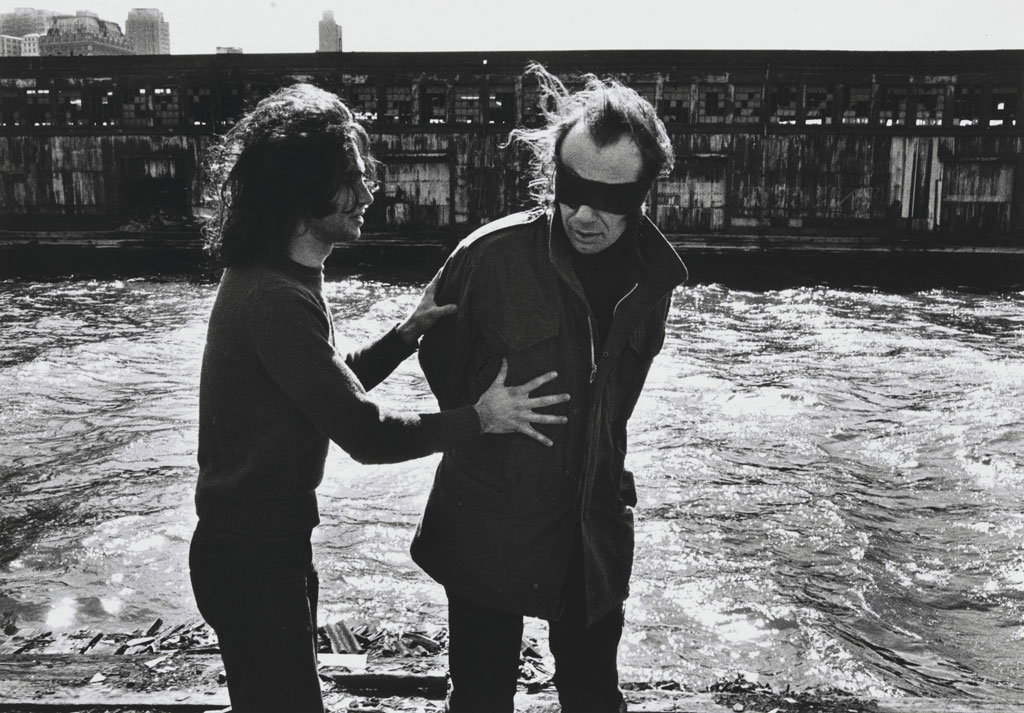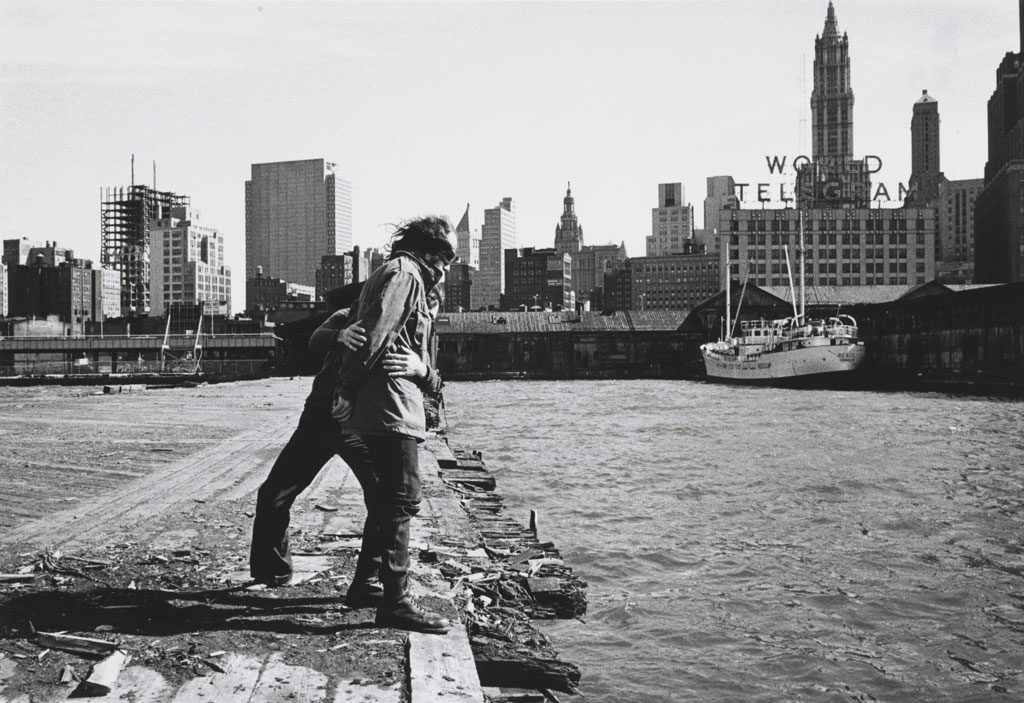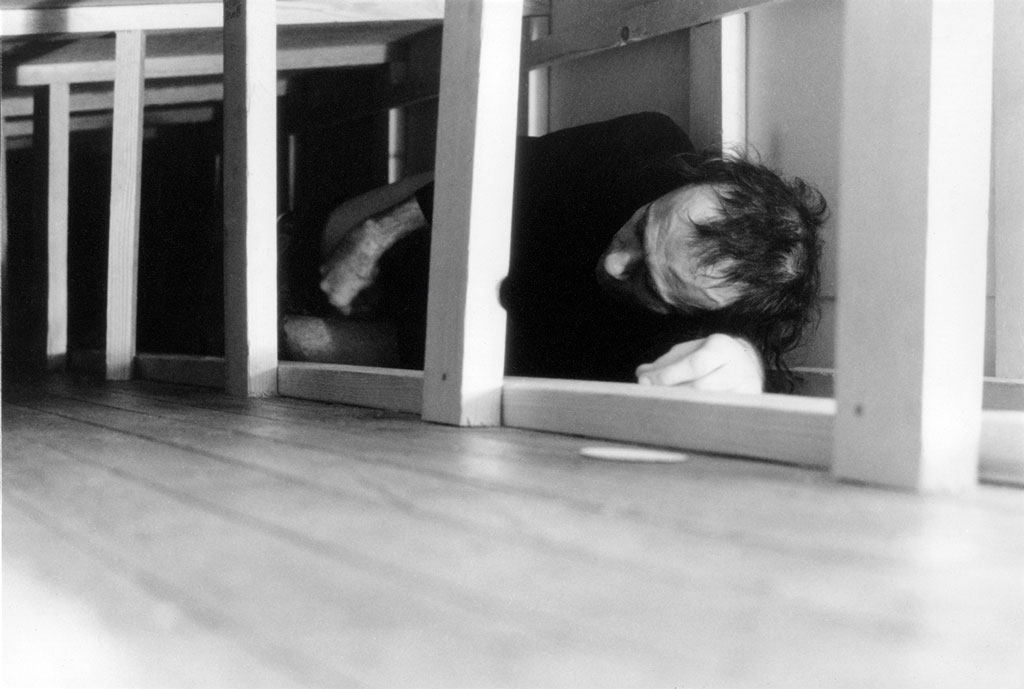TRACES: Vito Acconci
 Today is the occasion to bear in mind Vito Acconci (24/1/1940-27/4/2017), best known for his provocative and often radical art-making practices. Acconci has been a vital presence in Contemporary Art since the late ‘60s, his confrontational and ultimately political works have evolved from writing through Conceptual Art, Bodyworks, Performance, Film, Video, Multimedia Installation and architectural sculpture. Through documents or interviews, starting with: moments and memories, we reveal out from the past-unknown sides of big personalities, who left their indelible traces in time and history…
Today is the occasion to bear in mind Vito Acconci (24/1/1940-27/4/2017), best known for his provocative and often radical art-making practices. Acconci has been a vital presence in Contemporary Art since the late ‘60s, his confrontational and ultimately political works have evolved from writing through Conceptual Art, Bodyworks, Performance, Film, Video, Multimedia Installation and architectural sculpture. Through documents or interviews, starting with: moments and memories, we reveal out from the past-unknown sides of big personalities, who left their indelible traces in time and history…
By Efi Michalarou
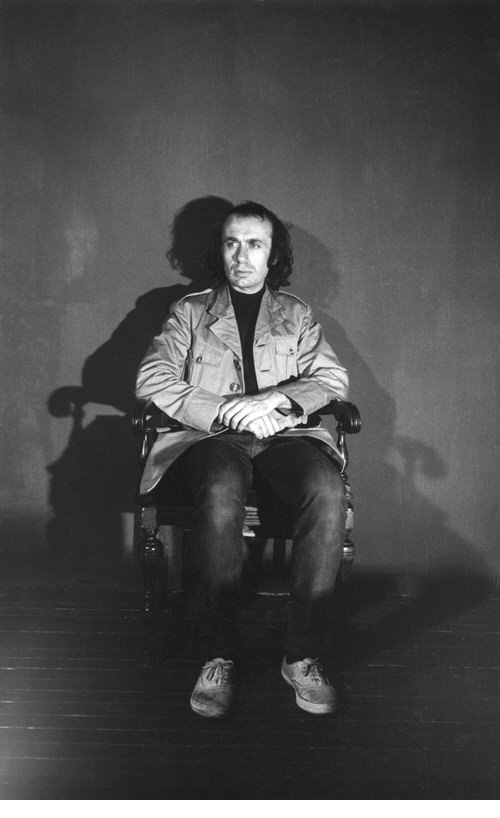 Vito Acconci was born in 24/1/1940 in the Bronx, he earned a BA with a major in literature in 1962. Two years later, he completed an MFA in writing at the University of Iowa. After returning to New York, he went on to develop a diverse body of work in poetry, criticism, performance art, sound, film and video, photography, and sculpture. In the second half of the ‘60s Acconci’s work was centered on poetry and language. In 1969 he began using photography to document various actions that he executed in order to understand how his body moved in space. Also in 1969 he performed “Following Piece”, in which he followed people on the street until they entered private spaces. From 1969 to 1974 he continued to explore movement in space, using film and video and adding text panels to his photographs documenting his actions. In “Seedbed” (1972) he hid himself for two weeks beneath a false floor at the Sonnabend Gallery in January 1971, muttering sexual fantasies about gallery visitors walking above him into a microphone, and audibly masturbating. Other works are “Shadow-Play” (1970), in which he shadowboxed with a bright light shining behind him while moving in front of a wall, “Openings” (1970), during which a camera focuses on Acconci’s stomach as he pulls out his body hair, the film ends when Acconci is hairless and “The Red Tapes” (1976-77), a three-part epic that merges video space with filmic space, evolving into complex amalgam of narrative strategies, photographic images, music and spoken language. In the late ‘70s, Acconci began making sculptures referencing architecture and furniture. From 1980 on, some of his sculptures demanded viewer participation: to complete pieces shaped like simple houses, for example, viewers pulled ropes that erected the four walls. A major transition point was his first site-specific project “Way Station I (Study Chamber)” (1983) at Middlebury College, a small pavilion decorated with oversized images of playing cards on the exterior, and the words “GOD,” “MAN,” and “DOG” on the interior. The scale of Acconci’s sculptures continued to grow, until he was making public art on a grand scale. Since the late ‘80s, the artist has worked with Acconci Studio, located in Brooklyn, New York. This collaborative group, which includes designers in addition to Acconci, develops several public artworks and architectural projects annually. Among his most famous commissions is the experimental, transformable façade for the Storefront for Art and Architecture, created with the architect Steven Holl in 1992. Acconci has taught at numerous institutions, among them the California Institute of the Arts in Valencia, Nova Scotia College of Art & Design in Halifax, San Francisco Art Institute, School of the Art Institute of Chicago, School of Visual Arts in New York, University of North Carolina at Chapel Hill, and Yale University in New Haven. He died in 28/4/2017 in Manhattan, New York.
Vito Acconci was born in 24/1/1940 in the Bronx, he earned a BA with a major in literature in 1962. Two years later, he completed an MFA in writing at the University of Iowa. After returning to New York, he went on to develop a diverse body of work in poetry, criticism, performance art, sound, film and video, photography, and sculpture. In the second half of the ‘60s Acconci’s work was centered on poetry and language. In 1969 he began using photography to document various actions that he executed in order to understand how his body moved in space. Also in 1969 he performed “Following Piece”, in which he followed people on the street until they entered private spaces. From 1969 to 1974 he continued to explore movement in space, using film and video and adding text panels to his photographs documenting his actions. In “Seedbed” (1972) he hid himself for two weeks beneath a false floor at the Sonnabend Gallery in January 1971, muttering sexual fantasies about gallery visitors walking above him into a microphone, and audibly masturbating. Other works are “Shadow-Play” (1970), in which he shadowboxed with a bright light shining behind him while moving in front of a wall, “Openings” (1970), during which a camera focuses on Acconci’s stomach as he pulls out his body hair, the film ends when Acconci is hairless and “The Red Tapes” (1976-77), a three-part epic that merges video space with filmic space, evolving into complex amalgam of narrative strategies, photographic images, music and spoken language. In the late ‘70s, Acconci began making sculptures referencing architecture and furniture. From 1980 on, some of his sculptures demanded viewer participation: to complete pieces shaped like simple houses, for example, viewers pulled ropes that erected the four walls. A major transition point was his first site-specific project “Way Station I (Study Chamber)” (1983) at Middlebury College, a small pavilion decorated with oversized images of playing cards on the exterior, and the words “GOD,” “MAN,” and “DOG” on the interior. The scale of Acconci’s sculptures continued to grow, until he was making public art on a grand scale. Since the late ‘80s, the artist has worked with Acconci Studio, located in Brooklyn, New York. This collaborative group, which includes designers in addition to Acconci, develops several public artworks and architectural projects annually. Among his most famous commissions is the experimental, transformable façade for the Storefront for Art and Architecture, created with the architect Steven Holl in 1992. Acconci has taught at numerous institutions, among them the California Institute of the Arts in Valencia, Nova Scotia College of Art & Design in Halifax, San Francisco Art Institute, School of the Art Institute of Chicago, School of Visual Arts in New York, University of North Carolina at Chapel Hill, and Yale University in New Haven. He died in 28/4/2017 in Manhattan, New York.